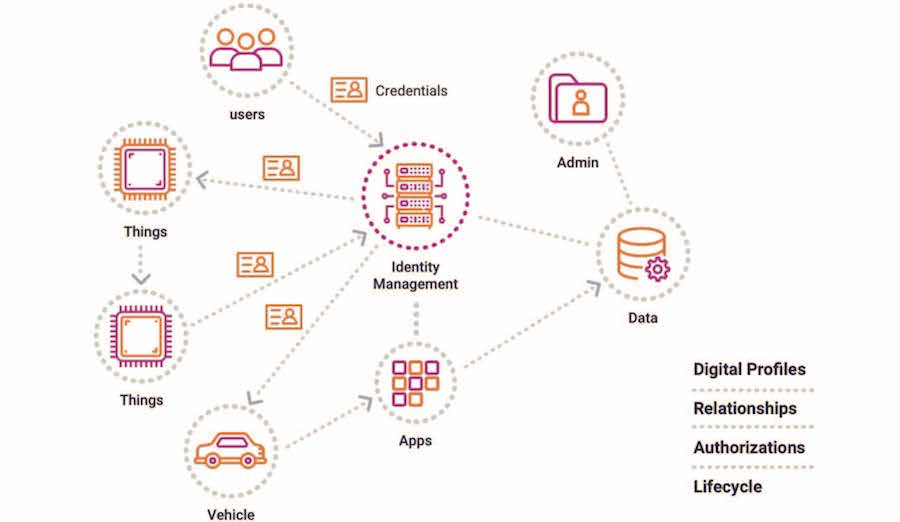IoT and the connected home: 4 revenue and business assurance challenges

Carlos Marques of WeDo Technologies
In the first and second series we were looking at the revenue and business assurance risks and challenges associated with new digital services enabled by 5G, we’ve featured fictional characters John and Alice who are looking to experience a live concert of their favorite rock band – John attending in-person and Alice planning to live stream the concert.In this final chapter, John heads home from the concert to experience issues with his smart home.
Connected home services bring telecom fraud risk to consumers front doors
The home automation and connected home market is expected to grow to USD 203.3 billion (€180.2 billion) by 2026, connecting everything inside the home from energy efficiency, entertainment, access control, home security, home comfort to daily tasks. Everything from the light bulbs, fridges, speakers, HVAC and surveillance systems will be connected to automate the home and make our lives easier. However, for this vision to truly be realised, the ecosystem needs to work seamlessly together.
Let’s head back to John to see how his night at the concert has panned out
Bad news – John has returned home to find his house has been burglarised – something he thought he was protected against because he just installed and signed up for a home security and surveillance service from his CSP. After further investigation by the security company, it was determined that the burglars cloned John’s identity and were able to disarm the security system and gain access to his house because the CSP authenticated the cloned identity.
However, John was soon to discover that once the burglars had his identity, they then had free reign over the rest of his connected home’s services as he began to see additional, fraudulent charges appear on his CSP bill. Instead of his fridge connecting to the local grocery store to order milk, John’s fridge is now making calls to premium phone numbers, with the charges being directed back to him.
For the CSP, this scenario has risen four revenue and business assurance challenges that need to be addressed:
- Rise of IoT devices creates a treasure trove for hackers: With smart homes, the opportunity for fraudsters to hack John’s CCTV cameras, HVAC, alarm system or even toys are just a few of a number of ways for the burglars to obtain his account details. What’s more, fraudsters now use automated bots to randomly test login credentials and common user passwords to look for ways to gain control of accounts. CSPs need to ensure that their security and fraud systems are interconnected so that when a security breach occurs, it and any future fraud can be detected and stopped quickly.
- IoT requires greater protections and faster responses: Once hackers have gained take-over-the-account of one device, a smart home instantly becomes a plethora of devices and services to conduct subscription fraud at lightning speed. Machine learning capabilities can now be used to identify and stop new types of telecom fraud. While rules-based algorithms do a great job at spotting fraud we already know about, machine learning algorithms can quickly spot the ‘outliers’ or abnormal behaviour that could signal new fraud and security schemes that we’ve never seen before.
- IoT protections need to go beyond the device: CSP risk management needs to extend beyond the device and include all systems, networks, partners, and business models horizontally as well as understanding the context of the devices, services, and users they’re seeking to protect – in a vertical manner. Think of it as a matrix of IoT risk management. CSPs must enhance their operational processes that expedite the ability to detect and respond to fraud and assurance risks and drive preventive actions to stay ahead of potential risks and fraudsters.
- IoT revenue relies on an integrated partner ecosystem: When a breakdown occurs on the Service Level Agreements (SLAs) between the CSP and partners, CSPs not only bear the brunt of the customer’s dissatisfaction but also lose mindshare with their partners and run the risk of penalties and partner churn. Hence, underpinning the need for CSPs to implement end-to-end integrated risk management systems that extend the full IoT ecosystem.

5G risk management
The growth of IoT, and the many connected devices and mobile applications that come with it, requires wireless network access that is resilient, secure and able to protect not only customer’s privacy but also the 5G systems that are designed with these requirements in mind. The complex web of partner related services and billing scenarios are generating transformative billing models and revenue streams with complex SLAs and pricing strategies.
To get the right risk management strategy in place, all devices, systems, networks, partners, and business models should be viewed holistically with associated requirements and risks in mind. CSPs are in the best position to properly implement, with assurance by design, an end-to-end risk management approach that’ll guarantee the sweeping impact that the IoT will have on the way the world (and homes) work, while minimising the risks of it.
The author of this blog is Carlos Marques, head of product marketing & analyst relations, WeDo Technologies
Comment on this article below or via Twitter @IoTGN
